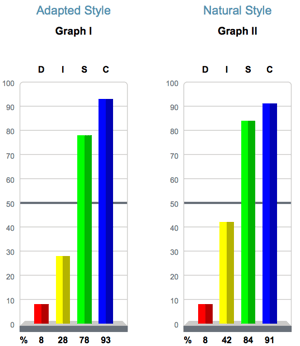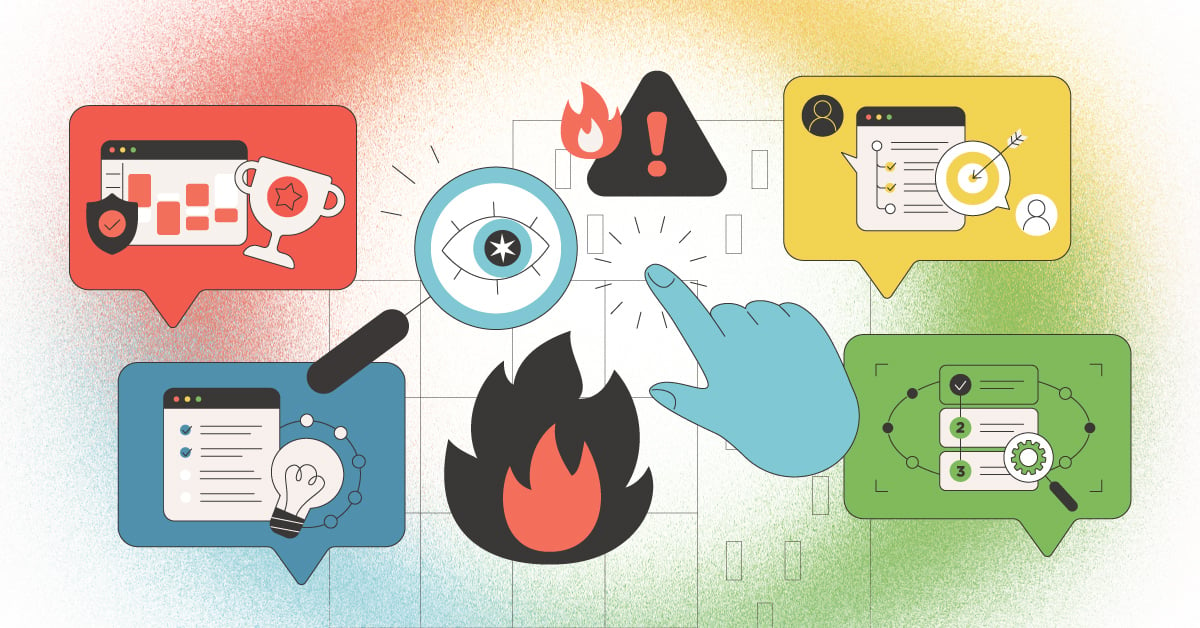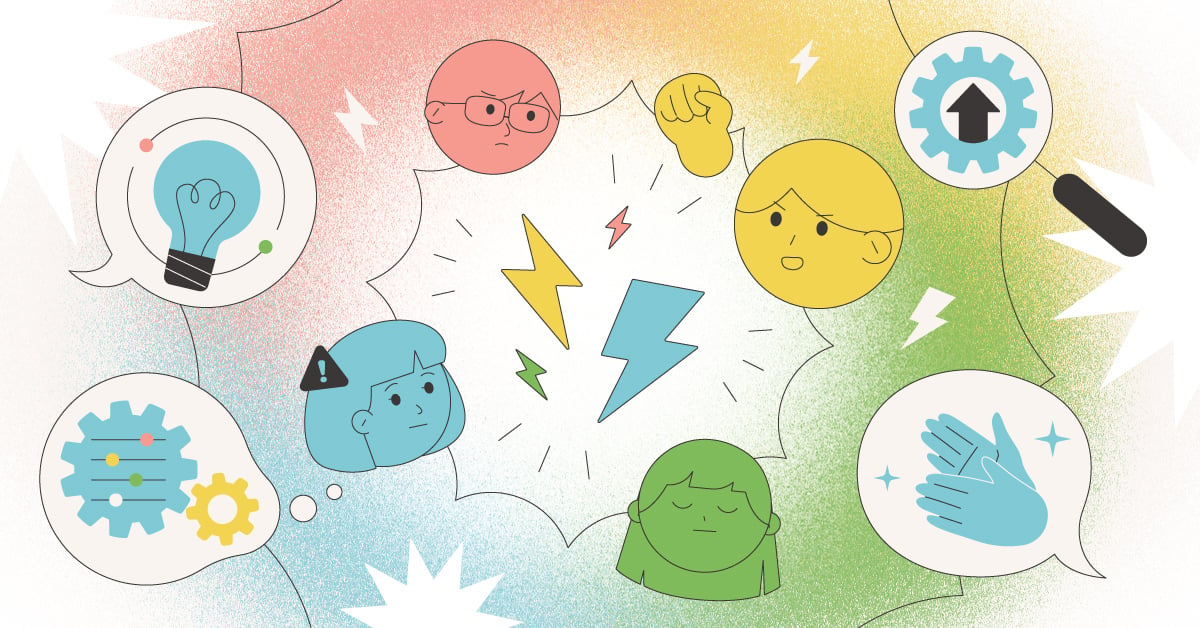 Everyone has different and unique behavioral styles. Yet we all still need to find a way to communicate and work well together. Nowadays, behavioral assessments such as DISC, which measures behaviors, make it easier to understand and adapt to people.
Everyone has different and unique behavioral styles. Yet we all still need to find a way to communicate and work well together. Nowadays, behavioral assessments such as DISC, which measures behaviors, make it easier to understand and adapt to people.
DISC is based on a scale that ranges from 0-100. All components of DISC are measured in relation to the midpoint (50), also known as the energy line. Scores that fall near the middle indicate a person’s flexibility regarding a particular DISC component. The further from the energy line in either direction, the more extreme a particular behavioral style will be. There is no “good” or “bad” when it comes to DISC, just “different.”
In my job, I often need to temporarily adapt my behaviors to be more in line with that of my coworkers to ensure more successful communication. These are some of the observations I have made about my particular behavioral style and a few of the adaptations I make daily.
Life as a low-D
Dominance (D) speaks to how I deal with problems and challenges. My low-D indicates that I am more reflective, I do not like to make decisions quickly and I am unobtrusive. While working on a project, I’ll repetitively think “what about this; what about that?” Due to this fact, I need to set deadlines or I may let things sit for awhile. While my sense of urgency is usually low, my desire to avoid conflict is stronger, so I always get things done within the provided timeframes.
Life as a moderate-I
Influence (I) is how I respond to people and contacts. The I in my behavioral style falls very close to the middle. Because of this, I vary between wanting to be around people and keeping to myself. Usually the task at hand will determine which way I lean.
This is something I have to actively be aware of with my coworkers. I try to verbalize what I am feeling in that moment because otherwise my coworkers do not know what to expect from me. Sometimes I can be optimistic and talkative, while other times I am very logical and am disinterested in small talk.
Life as a high-S
Steadiness (S) refers to pace and consistency. The main focus of my job is managing the trainings and exams our network uses for certification in our various sciences. Because I am currently the only person in this role, I am able to create my own schedule. I often use my calendar as a to-do list which allows me to stay focused and complete one task at a time. Giving myself a routine and maintaining a steady pace puts me in my comfort zone where I am able to work most effectively.
Although my role often requires me to work alone, I am often asked to join various projects where I work with a team to accomplish goals. Working in a relatively small company, we often find ourselves working outside our traditional roles to accomplish specific tasks. Much of my internal success has been due to my ability to be very dependable and my follow through on projects, a testament to my strong Steadiness style.
Life as a high-C
Compliance (C) speaks to how I respond to procedures and constraints. High-Cs are known for perfectionism. When I undertake any given task, accuracy and precision are always top of mind. I prefer to follow a system and do it right the first time.
In my day-to-day work I have multiple steps that need to be completed for every task I do. To keep things on track I have created many processes to ensure things are done timely and correctly. When working in a team setting, I am good at organizing information and also providing straight-forward feedback.
Blending the components of DISC
With my DISC style, I alternate between people and tasks taking priority. As a result, I tend to work independently while focusing on a task, and then rely on people to be sure I haven’t missed anything. I also like to involve others because it allows me to verbalize my thoughts and typically helps me make decisions faster.
I spend a lot of time processing information. When I am thinking through complex problems I like to look at things from as many angles as possible. While I may not come up with answers right away, I like think things through thoroughly to make sure the end result will make everyone happy.
Analyzing my personal DISC graph
Looking at my natural and adapted DISC graphs, you can see my natural graph indicates that I avoid conflict, am more reflective regarding challenges and enjoy the occasional conversation. It also shows my need for details and accuracy, as well as reflecting my preference to have minimal changes in my routines.
A few interesting observations surface when you see my adapted behavioral tendencies. My I adapts downward quite a bit as does my S, albeit a little less. The 14 point downward swing for my I and the drop in my S is due to the increased interest in training and certifications. With more people registering, I have to move at a faster pace to stay on top of my work which means less time socializing. My C remains very dominant because being detail oriented is a prerequisite for my position. The minute change in my C (from 93 to 91) indicates that I’m working well within my comfort zone in this regard.
Conflicts and Stressors
If I’m working with those having opposite behavioral styles , and we come to a decision on something in a meeting, it frustrates me if that decision is made and then changed shortly thereafter. It also makes me uncomfortable is there are two people in a group who either do not get along or don’t agree on the direction to go.
I also get overwhelmed if I have too many projects going on simultaneously, I worry that I might miss something or lose track of the necessary details. In times when I am really swamped, I have to actively avoid people because I need to maximize my time. It’s not that I don’t want to chat, but I need to stay focused and have minimal interruptions. Knowing this, I find a quiet place where I can work in solitude and get my tasks completed.
Behavioral Adaptations
I often find myself undertaking projects meant to improve the company’s products. In participating in some of these projects, I am working with people with distinctly different behavioral styles. One example of how I adapt is when working with a high-I, I have to remember to make casual conversation before getting into the heart of the task. My natural style tendency is to get right to the work.
When working with a high-D, I adapt to their behavior by being prepared with bullet points of what we hope to accomplish because I know they like to work quickly and succinctly. Like me, they are task focused but unlike me, they do not prefer a lot of information or details.
Conclusion
Just like a fingerprint, each person has their own blend of behaviors that makes them unique. Human beings are very complex characters and a lot goes into making each of us exactly who we are. In trying to figure it all out, behaviors are just the tip of the iceberg. Other sciences such as Driving Forces, EQ, Acumen (and many more) can help paint a more complete picture about the whole person. However, DISC is a great place to start because it is observable.
Being able to identify DISC behaviors, first in ourselves, and then in others, gives us a starting point for communication. Once we can identify, we can then adapt. Knowing how to adapt our behaviors to better match those we are communicating with will give us a huge advantage in achieving the outcomes we want.


![Don’t Let Your Behavioral Style Haunt You [Infographic]](https://blog.ttisi.com/hubfs/Halloween-Infographic_DontLetYourBehavioralStyleHauntYou_Email_Header.png)

